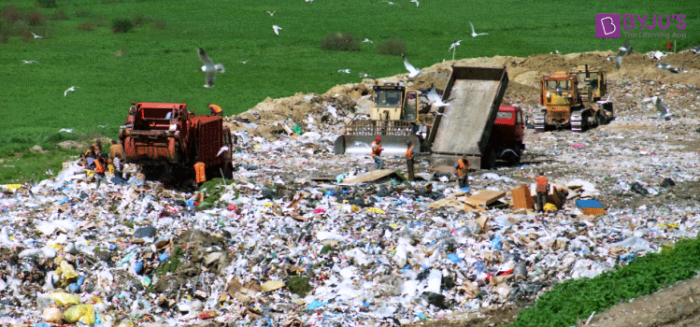Introduction
Most of the articles used in everyday life are made up of plastics. For example, plastic chairs, tables, bottles, fabric, etc. Plastic is a polymer which has a linear or cross-linked arrangement.

Classification of plastics
Plastics are broadly classified into two categories, namely thermoplastic and thermosetting plastic. The plastics which soften on heating are known as thermoplastics. This is the reason why a bottle gets deformed on pouring hot water into it. There are plastics which once moulded cannot be softened by heating, they are known as thermosetting plastic. Bakelite and melamine are examples in this case. Bakelite is a bad conductor of heat and electricity hence it is used in electrical wires and handles of utensils. Whereas melamine is a fire resistor which is used in making fire-resistant fabrics. To know the effects of plastics on the environment click here.
How useful are plastics
Plastics are highly useful because they are non-reactive and can store chemicals. Due to their lightweight, strength, and durability, they can be moulded into any shape and size as required. Plastics are poor conductors of heat and electricity. Therefore, they are used as a coating material for electric wires and handles of containers. Plastic bags are widely used today for wrapping food and other such things. This results in the accumulation of plastics in our homes. Plastics face a big problem during disposal.
Materials which get decomposed by the action of bacteria in nature are called biodegradable. Whereas materials which do not get decomposed by natural processes are known as non-biodegradable. Plastic takes several years to get decomposed which is not environmentally friendly and causes pollution. Burning plastic is a very slow process, and they do not get burnt completely. This causes air pollution because poisonous gases are released into the environment during the combustion of plastics. When exposed to fire, most plastics melt and then after some time they form a hard mass. Accumulation of plastics in water bodies disturbs the marine ecosystem. Therefore, the use of plastic should be reduced in order to promote sustainable growth. An alternative method is the recycling of plastics. Thermoplastics can be recycled and reused. To learn more about combustion and its types click here.
As a responsible citizen, one should follow the concept of four R’s that is reduced, reuse, recycle and recover. This will promote a clean and healthy environment. In a clean environment, the lifespan will increase.
Frequently Asked Questions – FAQs
Give two examples of thermosetting plastics.
What is the difference between Thermosetting plastic and Thermoplastics?
How are thermosetting plastics used in everyday life?
What are the applications of thermoplastics?
The article briefly describes plastics and the adverse effects of plastic on the environment. For any further query install, BYJU’S the learning app.
Read more:

do you know that excessive use of plastic can cause diabetes mellitus?
anyway, nice article. thanks for sharing!
let’s reduce the use of plastic to protect our earth and our health!